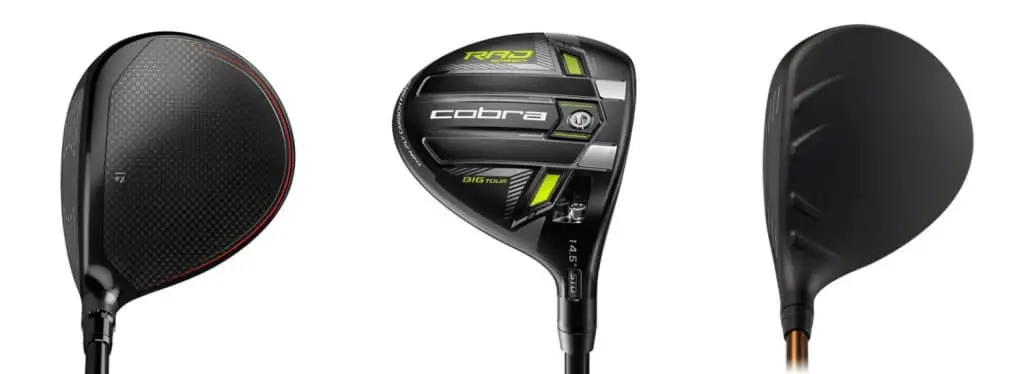When hitting a 2 wood off a tee, it is generally helpful to tee the ball slightly higher than you would with an iron.
For most players, the sweet spot will be somewhere between 0.25 and 0.5 inches off the ground. This is significantly lower than you would tee the ball with a driver, which is usually about 1.5 inches off the ground, depending on the preferences of the player.
Teeing the ball about 0.25 inches off the ground allows you to hit the ball with a slightly ascending blow, but you can also approach the ball with a neutral angle of attack, or even a descending angle of attack.
When hitting a 2 wood off a tight fairway, it is helpful to approach the ball with a neutral angle of attack. Most good players talk about ‘sweeping’ the ball cleanly with a fairway metal. Put another way, you want to approach the ball with a shallow angle of attack, and hit slightly down on the ball at impact. Instead of the steep angle of attack that you might employ with a wedge, the shallow angle of attack can help you achieve crisp contact with a 2 wood in your hands.
Bonus Tip
If you are having difficulty hitting your fairway metals off the turf, one of the best things you can do is to find an old driver and practice hitting driver off the deck. When you switch back to a 2 wood or 3 wood, you will appreciate the benefits of the shallow head and additional loft (relative to a driver). This trick is a bit like setting the difficulty level to 10/10, and then dialing it down to 7/10 when you go back to your fairway wood.
This is definitely an ‘alternative’ golf tip, but it could be a game-changer if you are willing to give it a shot.

